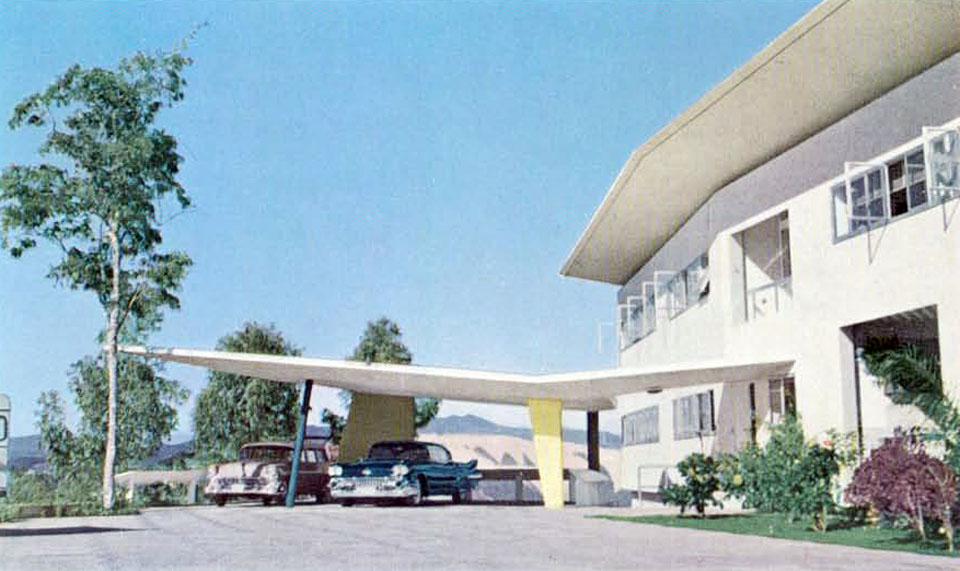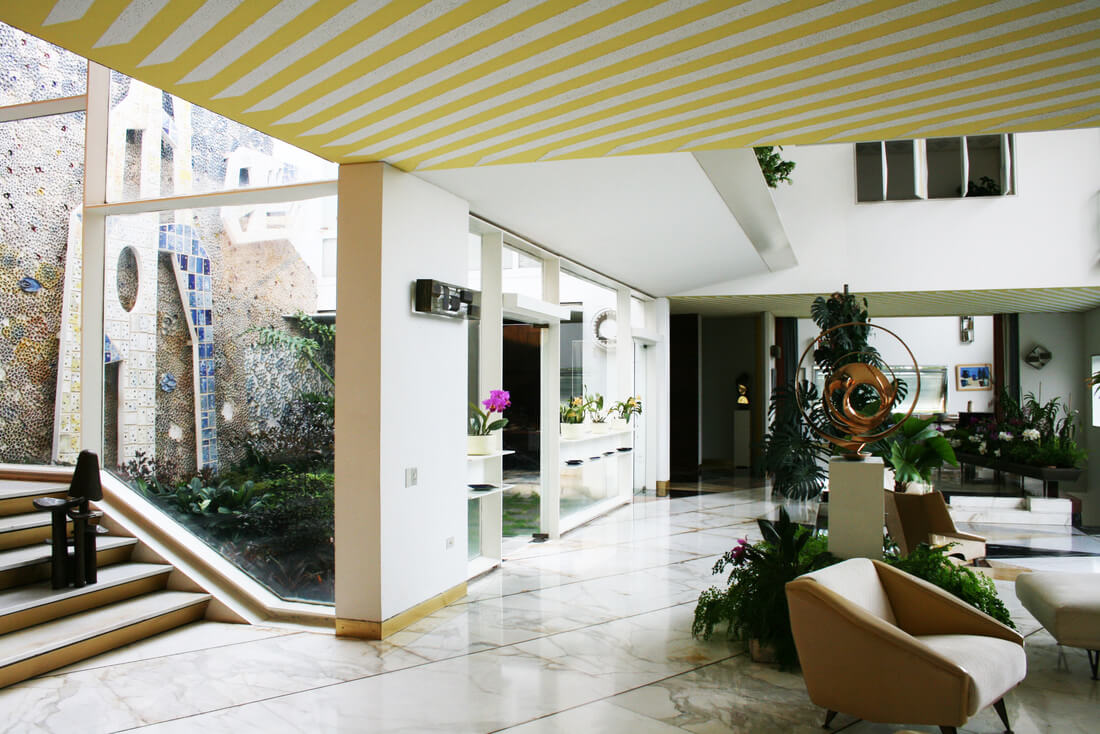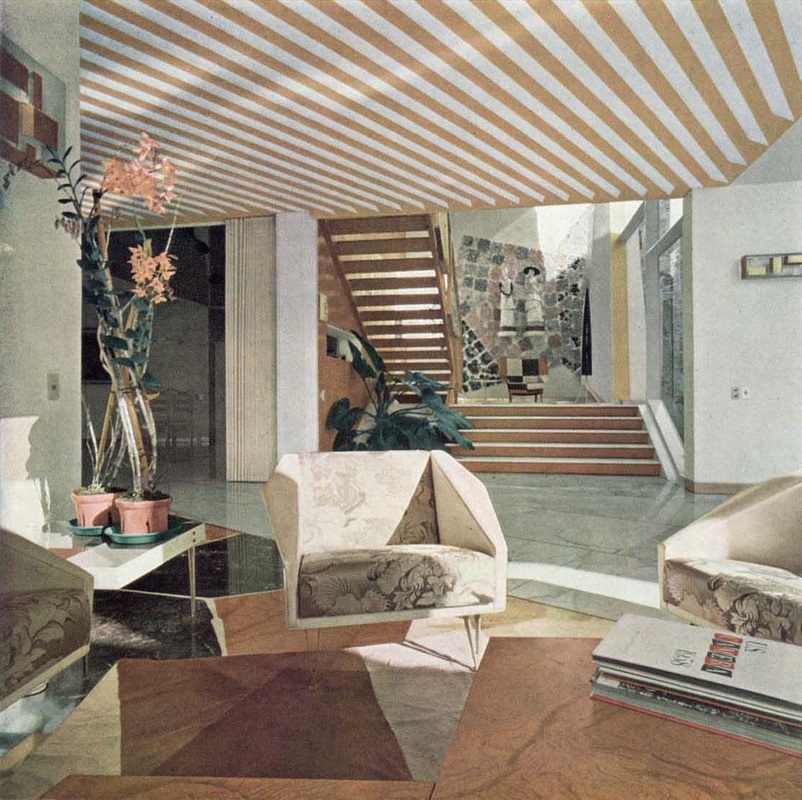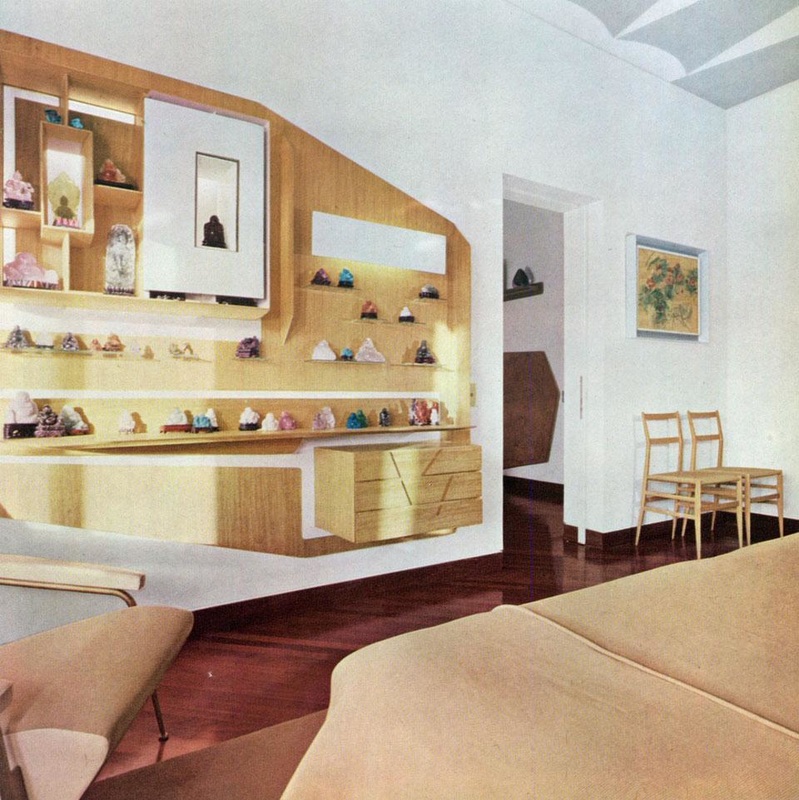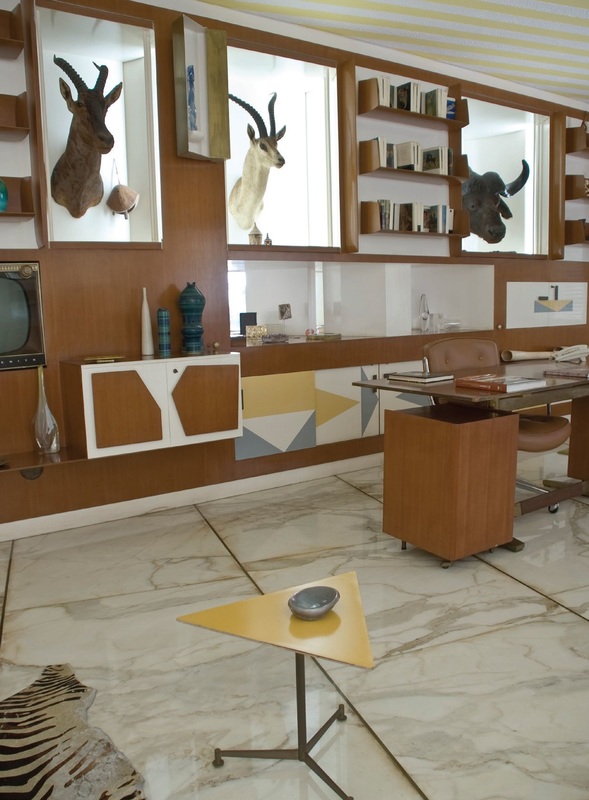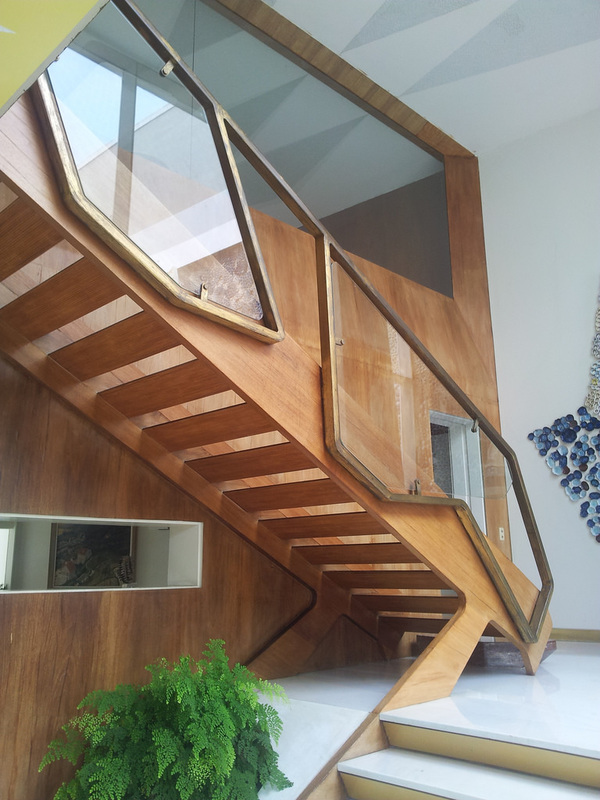In the postwar years, Milanese architect-designer Gio Ponti had achieved the title and position of the Dean of Italian Design. He designed everything from tableware to furniture, from flatware, to skyscrapers, to department stores, to hotels, and founded the magazine Domus, which came to shape and present postwar Italian design and facilitated its success abroad. Of all of the interiors that Ponti created, there is one house, the Villa Planchart in Caracas, Venezuela, completed in 1955, which has remained completely intact. So important is this house in Ponti’s oeuvre that it was the subject of an entire exhibition at Harvard University in the late 90s. The clients, Anala and Armando Planchart, were collectors of contemporary art who promoted Venezuelan artists abroad and selected Ponti to design their home. He created the manifestation of the gesamskunstwerk (integrated design), and did not only design the architecture, but also its furnishings and accessories. The exhibition, which succeeded in bringing this villa to the attention of the American public, also included the entire (over 700) pieces of correspondence, illuminating the architect-client relationship. A series of photographs of Villa Planchart, published in Domus demonstrates Ponti’s references to Italian Renaissance. A foundation established by the Plancharts has kept the villa intact despite changes in taste and vogue, as a testimony to Gio Ponti’s personal vocabulary in interior.

